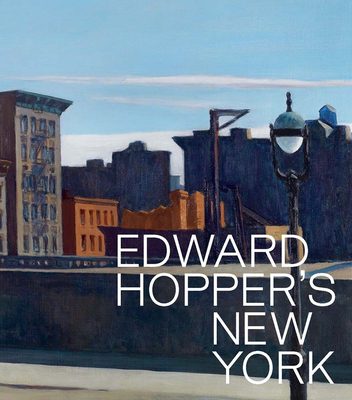In photography, still-life light painting emerges as a captivating technique that transforms the ordinary into the extraordinary. This art form weaves luminous tapestries around stationary subjects, elevating them to new heights of creativity and expression. The technique has a rich history, dating back to the early days of photography when long exposure times were necessary. Today, it has evolved into a popular form of artistic expression, with photographers using various light sources and techniques to create stunning images.
Exploring the Benefits of Still-Life Light Painting
Still-life light painting offers myriad benefits, ranging from its therapeutic qualities to its technical intricacies. Let’s delve into each aspect:
Unleashing Creativity Through Light
Still-life light painting serves as a canvas on which creativity knows no bounds. By manipulating light sources and controlling exposure, photographers can imbue mundane objects with a sense of wonder and magic. This process not only encourages innovation and artistic growth but also turns static scenes into dynamic narratives, leaving viewers captivated and intrigued.
Therapeutic Exploration of Stillness
In today’s fast-paced world, the tranquility of still-life light painting provides a sanctuary from daily chaos. As photographers immerse themselves in capturing stationary subjects, they find solace in the beauty of stillness and mindfulness. This meditative practice fosters a deep sense of calmness and focus, allowing practitioners to connect deeply with their craft and feel relaxed.
Aesthetic Mastery in Composition
Still-life light painting is a dance between light and shadow, shaping visual narratives with each brushstroke of illumination. Through careful manipulation of light sources, photographers sculpt objects, highlight textures, and create captivating plays of light and shadow. The resulting images transcend representation, becoming aesthetic masterpieces and visual poetry.
Technical Proficiency and Precision
While still-life light painting may seem ethereal, it demands high technical proficiency and precision. Photographers must master exposure settings and understand light behavior to achieve desired results. This art form also provides a platform for honing advanced photographic techniques, such as long-exposure photography and light modulation. However, it’s not without its challenges. One common mistake is overexposing the image, which can wash out the colors and details. To avoid this, start with a low exposure and gradually increase it until you achieve the desired effect.
Embracing the Beauty of Still-Life Light Painting
In conclusion, still-life light painting is a testament to the transformative power of light and human creativity. Through its therapeutic exploration of stillness, aesthetic mastery, and technical proficiency, this captivating art form not only invites photographers on a journey of self-discovery and artistic expression but also inspires and motivates them to push their creative boundaries. In a world filled with noise and distractions, the tranquil beauty of still-life light painting serves as a beacon of inspiration, reminding us to find beauty in the simplicity of the everyday.



